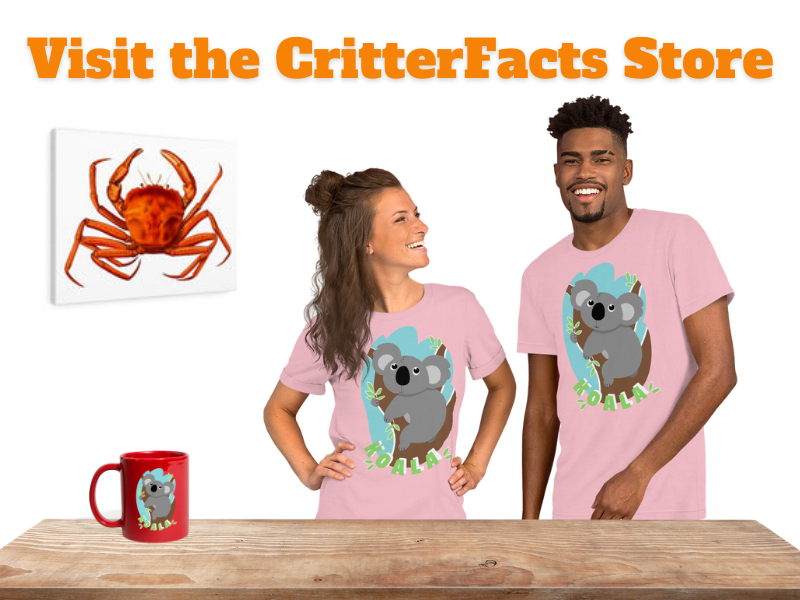

Scientific Classification
KINGDOM: Animalia
PHYLUM: Chordata
CLASS: Aves
ORDER: Passeriformes
FAMILY: Thraupidae
GENUS: Chlorophanes
SPECIES: C. spiza
Conservation Status


Male and female green honeycreepers are roughly the same size but have a differing coloration. In fact, their name comes from the appearance of the female’s greener plumage. The male has a black head, red eyes, yellow beak, and feathers that have a blue tint to them, while female honeycreepers have a vivid green appearance, browner eyes, pale neck, and lack the black head. Both sexes have small wings and sharp talons.




Some honeycreepers prefer to live in pairs while others live in larger groups with other kinds of birds. The larger group provides safety against predators, but the green honeycreepers will still go off alone or in a pair to forage. Even away from a large group, their bright coloration allows them to camouflage against the vegetation to protect them from their main predator, snakes.













































